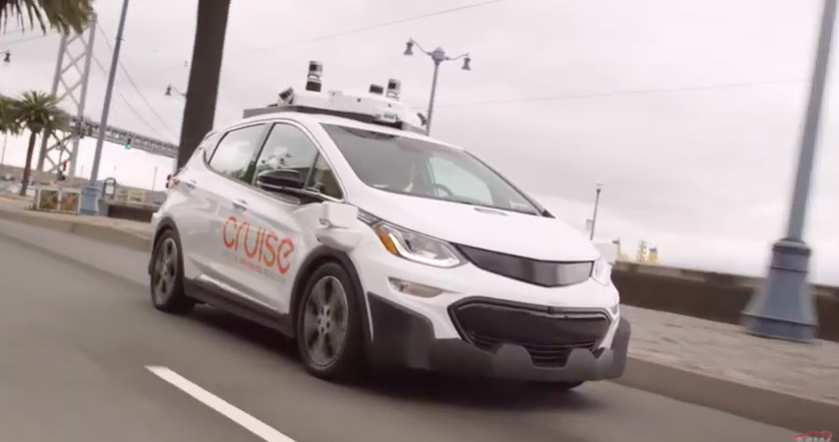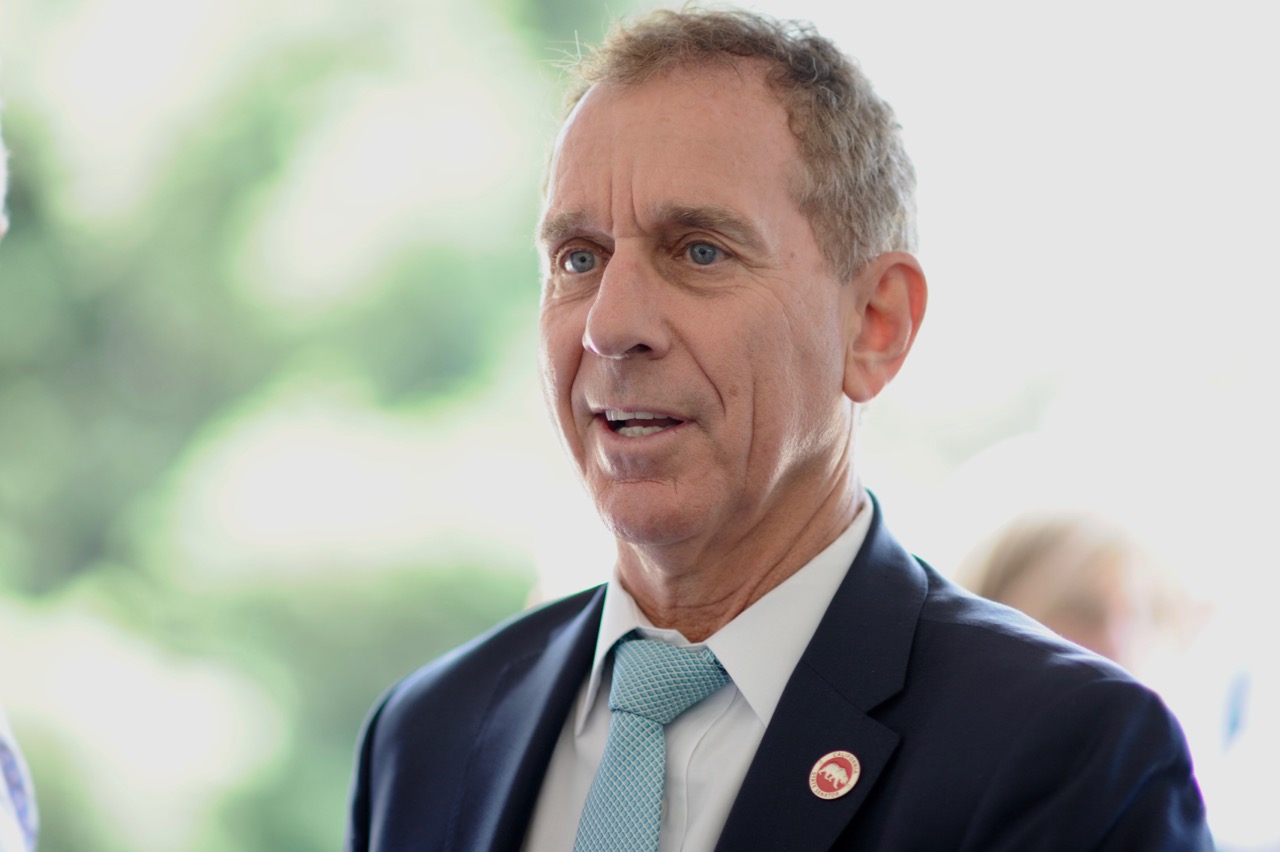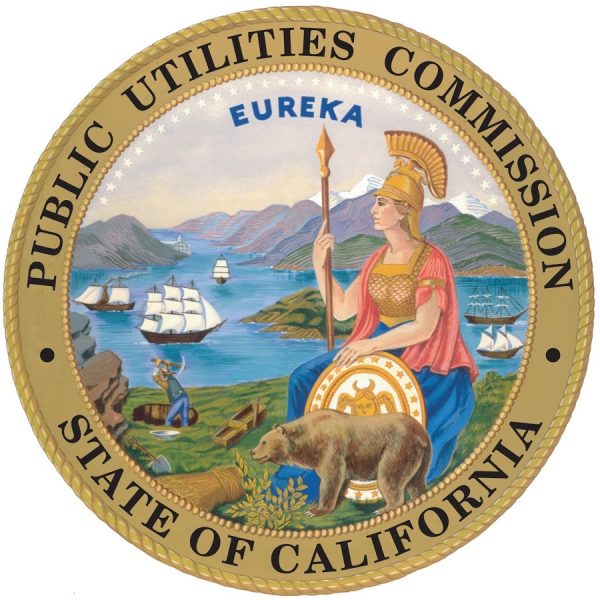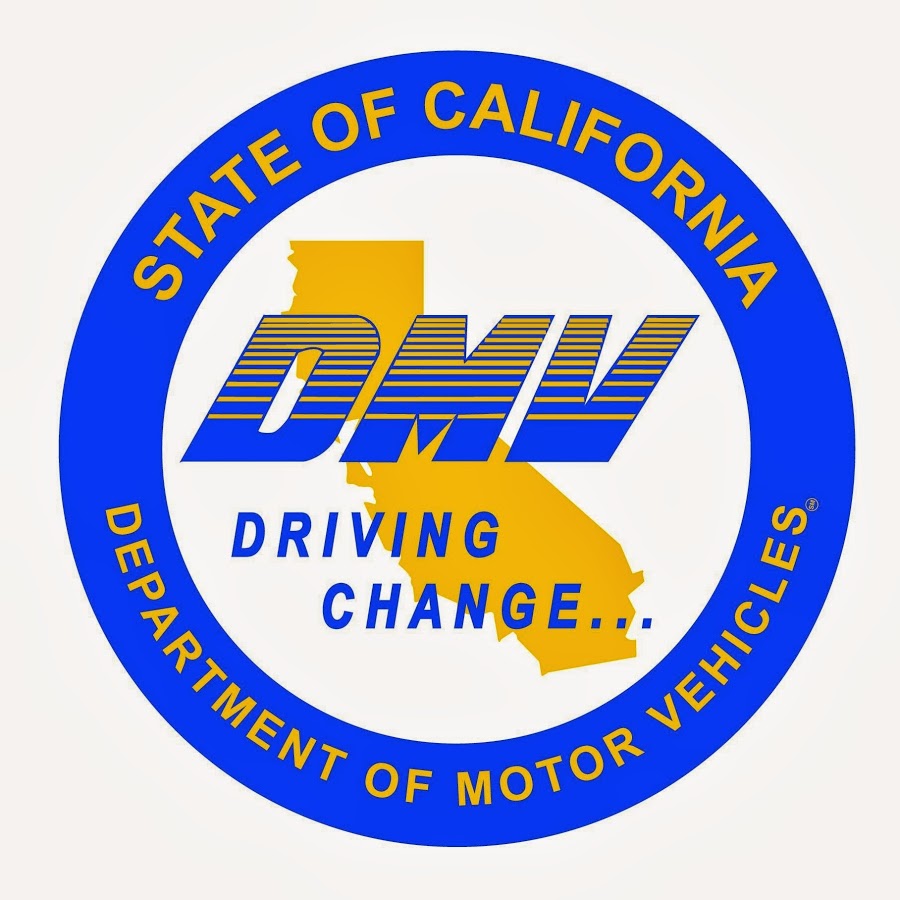
General Motors Cruise Autonomous car. (Photo: youtube screen capture)
CPUC Approves First Driverless Vehicle Passenger Ride Service in State
Cruise will not be able to charge people for riding in driverless cars under CPUC pilot program rules
By Evan Symon, June 7, 2021 10:46 am
The California Public Utilities Commission (CPUC) approved the first vehicle company, Cruise, to have passengers in a driverless vehicle in California.
While eight other companies currently operate driverless vehicle testing permits in California without a safety driver needing to be present, Cruise was the first chosen by CPUC to participate in the Driverless Pilot program to give driverless ride services.
However CPUC has also given numerous limitations under the new permit. According to a CPUC press release, Cruise will not be able to charge for any autonomous vehicle (AV) rides and will have to submit quarterly reports to CPUC about the passenger service operation. And while no safety driver is needed, a remote safety operator will be linked in remotely and can still step in if something goes wrong. Passenger safety will also be a big sticking point for Cruise, as CPUC also requires a Passenger Safety Plan for driverless car operations.
CPUC finally expanded into allowing passengers due to the large number of of both automobile makers and technology companies quickly developing driverless cars and many now reaching he point they are ready to add passengers. CPUC specifically focused on the fact that a large number of these companies were California-based, and that the development in California could improve safety and entire transportation systems.
“Issuance of this first driverless permit for the CPUC’s Autonomous Vehicle Passenger Service Pilot Programs is a significant milestone. Autonomous vehicles have the potential to transform our transportation system and communities by solving individual mobility needs, improving roadway safety, and moving goods throughout the state sustainably and efficiently,” said CPUC Commissioner Genevieve Shiroma in a statement during the weekend. “The effective deployment of autonomous vehicles can also transform vehicle manufacturing, maintenance, and service business models to create new jobs and industries for the California workforce.”
The first approved driverless car passenger service
However, CPUC’s push for passengers also comes as a need to help convince consumers of their safety. Many Americans have balked at the prospect of driverless cars, especially after a 2018 incident in Arizona where a self-driving car accidently killed a woman due to the car’s programming not including the recognition of jaywalkers. According to an American Automobile Association (AAA) survey, 54% are too afraid to try a self-driving car, with 32% being unsure of using one.
“From Baby Boomers to Generation Z, no one really wants this right now,” said Chelsea Shapiro, a California-based consumer analyst, to the Globe on Monday. “For cars, what people really want now is a car battery that doesn’t take a long time to get charged and more electric vehicle options, especially those on the cheap side.”
“There’s also a lot of questions over driverless vehicles in situations where they need to go off-road, or having a manual option in case the AV tech in the car shorts out, or the need for special maneuverability, and, probably the biggest hurdle and one car companies will have the hardest to convince people of, personal freedom of driving themselves. That is very much a real thing, and it is something these AV companies are just not wrapping their heads around right now.”
“What we’ll probably see are driverless cars, but ones that will give you the option to take over whenever you want, but right now the companies don’t want to even hear that option. So, as you can imagine, thee is still a long way to go.”
Despite the uncertainty by the public, Cruise now has both DMV and CPUC permits to take driverless vehicles to the next step in California.
“In order to launch a commercial service for passengers here in the state of California, you need both the California DMV and the California PUC to issue deployment permits. Today we are honored to have been the first to receive a driverless autonomous service permit to test transporting passengers from the California PUC,” said Cruise director of Government Affairs Prashanthi Raman during the weekend.
Cruise, which is owned by General Motors and headquartered in San Francisco, will likely provide rides in and around San Francisco, having done toad tests there since 2016. While Cruise is set to produce their own line of driverless cars, called the Cruise Origin, beginning in 2023, the driverless passenger program is expected to begin with electric Chevrolet Bolts, which the company has been using as driverless vehicles for several years now.
CPUC is expected to approve other driverless car companies for similar non-chargeable passenger service programs in the near-future.
- Bill to Require Law Enforcement Disclosure if AI Was Used To Help Write Reports - August 7, 2025
- Gov. Newsom Files FOIA Request To ‘Expose True Cost’ Of L.A. Federal Troop Deployment for Anti-ICE Riots - August 6, 2025
- California Redistricting: How Newsom’s Plan Will Demolish Hard Fought GOP Gains - August 6, 2025





How will these affect the high speed police pursuits that have become a staple in California infernotainment? Personally I would rather see the return of full service gas stations but that just shows my age.
Yes, they still exist outside of California!
We pulled into one in Medford Oregon, my jaw dropped when the nice attendant came to my window. He laughed, I said we were from California, we don’t typically have these down there.
He got a kick out of my reaction.
Driverless vehicles? No thanks! Be on the lookout!
Kevin Kiley for Governor, read his blog
File this one under my Covid-19 shot :
No thanks, you can have mine…
What could possibly go wrong?
And I’m sure the NSA has it backdoored so if a political dissident uses the service and the system “crashes” ….